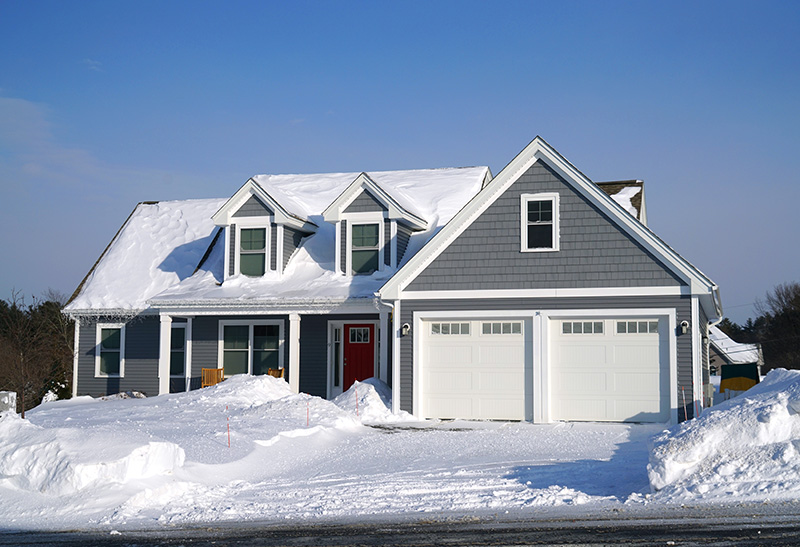Regular roof inspections are key to ensuring the longevity and performance of your Powell home's roofing system. By spotting issues early, you can address them promptly, preventing potential damage and costly repairs down the line. Follow this step-by-step DIY Roof Inspection Guide tailored for Powell homeowners to keep your roof in top condition throughout the seasons.
1. Safety First: Gather Your Tools and Take Precautions
Before climbing onto your roof, ensure your safety. Use a sturdy ladder and have someone nearby for assistance. Gather the following tools:
- Binoculars
- Flashlight
- Safety harness
- Gloves
- Sturdy shoes
2. Exterior Inspection: Walk Around Your Home
Start by walking around the exterior of your Powell home. Look for the following:
- Damaged or Missing Shingles: Inspect the roof surface for any shingles that are cracked, curling, or missing. Pay attention to corners and edges.
- Flashing Issues: Check flashing around chimneys, vents, and skylights. Look for signs of rust, corrosion, or loose material.
- Gutters and Downspouts: Ensure gutters and downspouts are securely attached. Clean out any debris that could cause water buildup.
3. Attic Inspection: Shine a Light on Hidden Issues
Move to the attic for an interior inspection:
- Leaks or Stains: Look for signs of water stains or leaks on the underside of the roof. Check for any daylight coming through cracks or holes.
- Ventilation: Ensure proper attic ventilation. A well-ventilated attic helps regulate temperature and prevents moisture buildup.

4. Chimney and Vents: Focus on Vulnerable Points
Examine chimneys and vents:
- Chimney Flashing: Check the flashing around the base of the chimney for any gaps or damage.
- Vent Covers: Ensure vent covers are intact and free from debris or animal nests.
5. Tree and Debris Assessment: Trim for Prevention
Inspect the area surrounding your home:
- Overhanging Branches: Trim branches that overhang the roof to prevent damage during storms.
- Debris Removal: Clear away any leaves, branches, or debris on the roof surface.
6. Document Findings: Keep a Roof Inspection Log
Take notes and photos of your findings. Create a roof inspection log to track changes over time. Documenting your inspections can be valuable when communicating with professionals or for insurance purposes.
7. Professional Inspection: Schedule Regular Check-ups
While DIY inspections are crucial, schedule professional roof inspections annually. Professionals can identify potential issues that may not be visible to the untrained eye.
By following this DIY Roof Inspection Guide, Powell homeowners can take an active role in preserving the integrity of their roofs. Spotting issues early allows for timely repairs, keeping your home safe and secure against the elements.
Contact American Home today for your free estimate!


